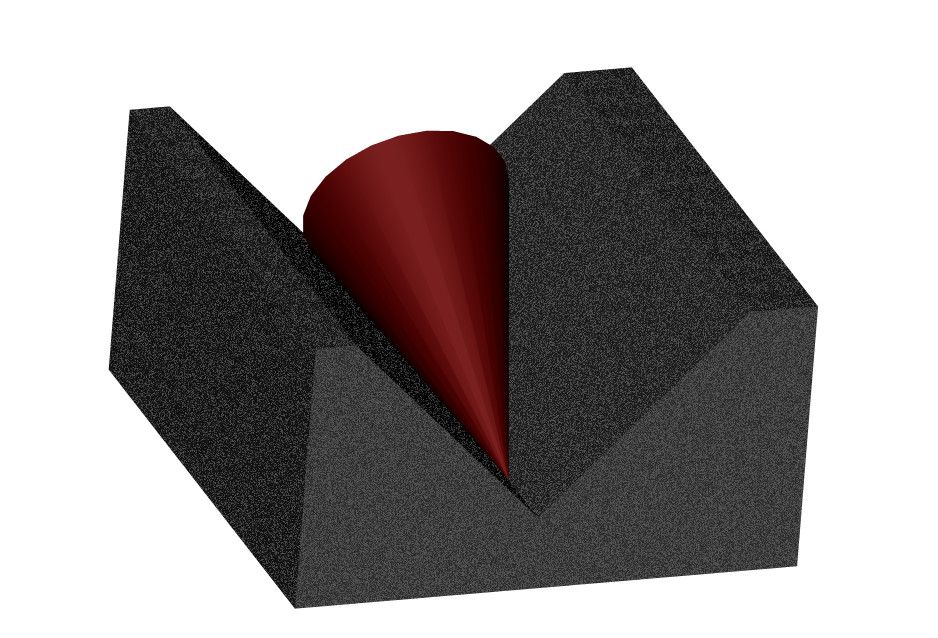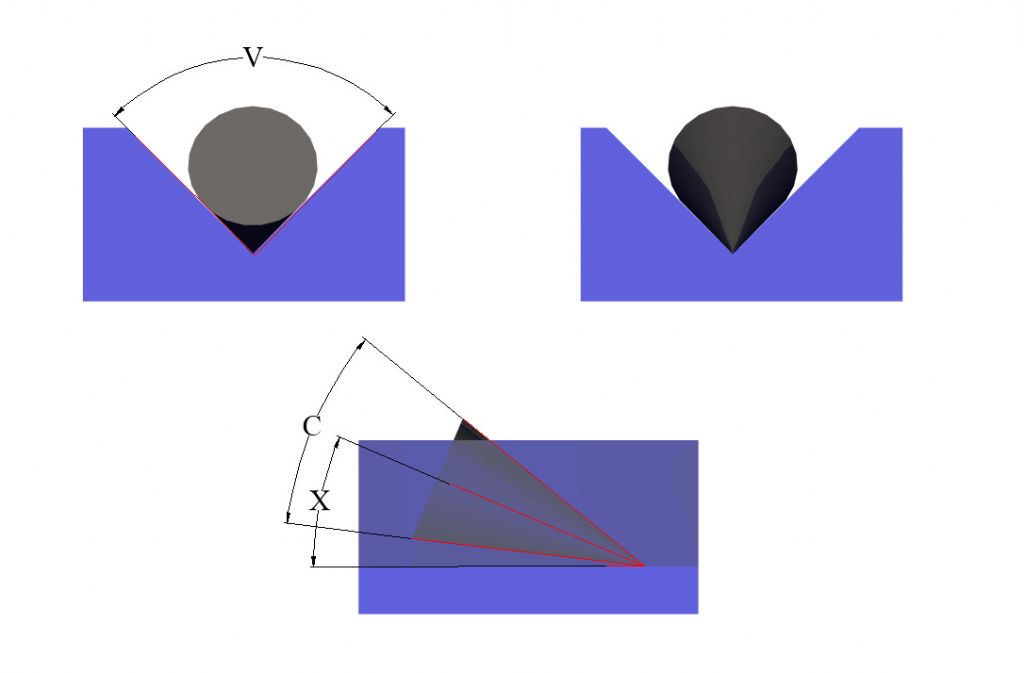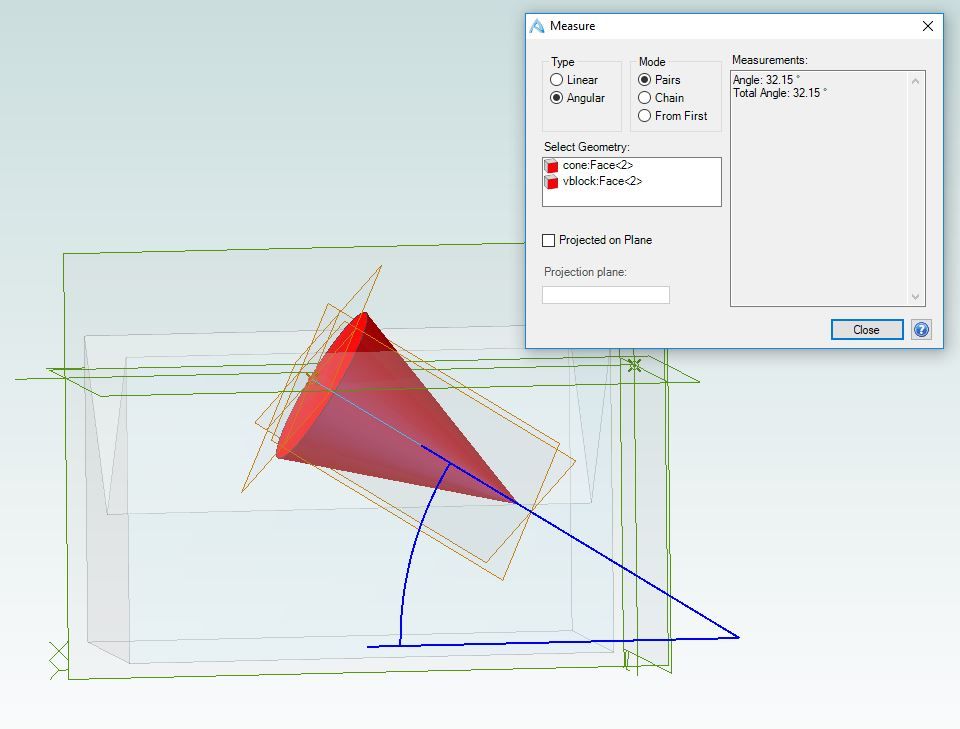Posted by John Haine on 27/03/2019 14:53:47:
…
I'm never quite sure why sec and cosec were ever invented since they are just reciprocals of cos and sin respectively.
Me neither, except reading an old book about navigation suggests an answer: it does sums using haversines, covercosines and other weirdness. The reason seems to be simplification and error reduction of calculations at a time when they were done manually in mid-Atlantic by sea-sick navigators in rough weather. It's quicker and safer to look up cosec x in a table than it is to crunch 1 / sin x, or to look up sin x and then it's reciprocal in two tables. The formula involved are simplified too, for example the Haversine formula is hot at calculating great circle distances. Likely the functions also helped on land, perhaps laying out curves on railway lines.
Other examples of 'labour saving' trig functions include Versine, Coversine, Vercosine, Secant, Cosecant, Exsecant, Excosecant, Cotangent and probably others. Once you have a computer, calculator or even a slide rule, the need for them largely disappears, I guess. I've never come across them in real life!
Dave
Brian Wood.







